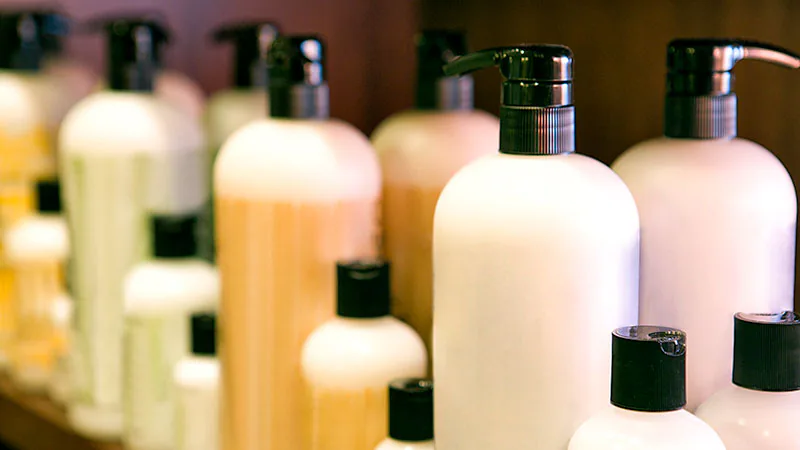
Health
Hair Straightening Products Linked to Kidney Damage
A recent case study has linked hair-straightening products to kidney damage, shedding light on the potential dangers, especially those containing glyoxylic acid.
A 26-year-old Indian woman underwent three hair treatments at a salon, experiencing kidney damage and raising concerns among medical professionals and consumers alike.

The woman reported symptoms including vomiting, diarrhea, fever, back pain, and scalp burning leading to ulcers after each treatment session.
Medical examinations revealed elevated creatinine levels in her blood, indicating kidney malfunction.
Doctors conducted comprehensive tests, including urine analysis and a CT scan, ruling out infections and urinary blockages.
Further investigation uncovered the use of a straightening cream containing glyoxylic acid, suspected as the cause of the adverse effects.

Tests on mice were conducted to understand the connection between glyoxylic acid and kidney damage.
Application of a straightening product containing 10% glyoxylic acid resulted in the formation of tiny crystals in the urine, similar to those seen in cases of ethylene glycol consumption.
Although the woman’s kidney function improved rapidly after each salon visit, concerns remain about the long-term effects of glyoxylic acid exposure in hair products.
Medical professionals caution against using hair products containing glyoxylic acid and advocate for their discontinuation from the market.

This incident underscores the need for greater scrutiny and regulation of hair-straightening products. Consumers are urged to prioritize their health when selecting personal care products.
As medical research continues, it is crucial for manufacturers and regulatory bodies to take proactive measures to ensure consumer safety.








